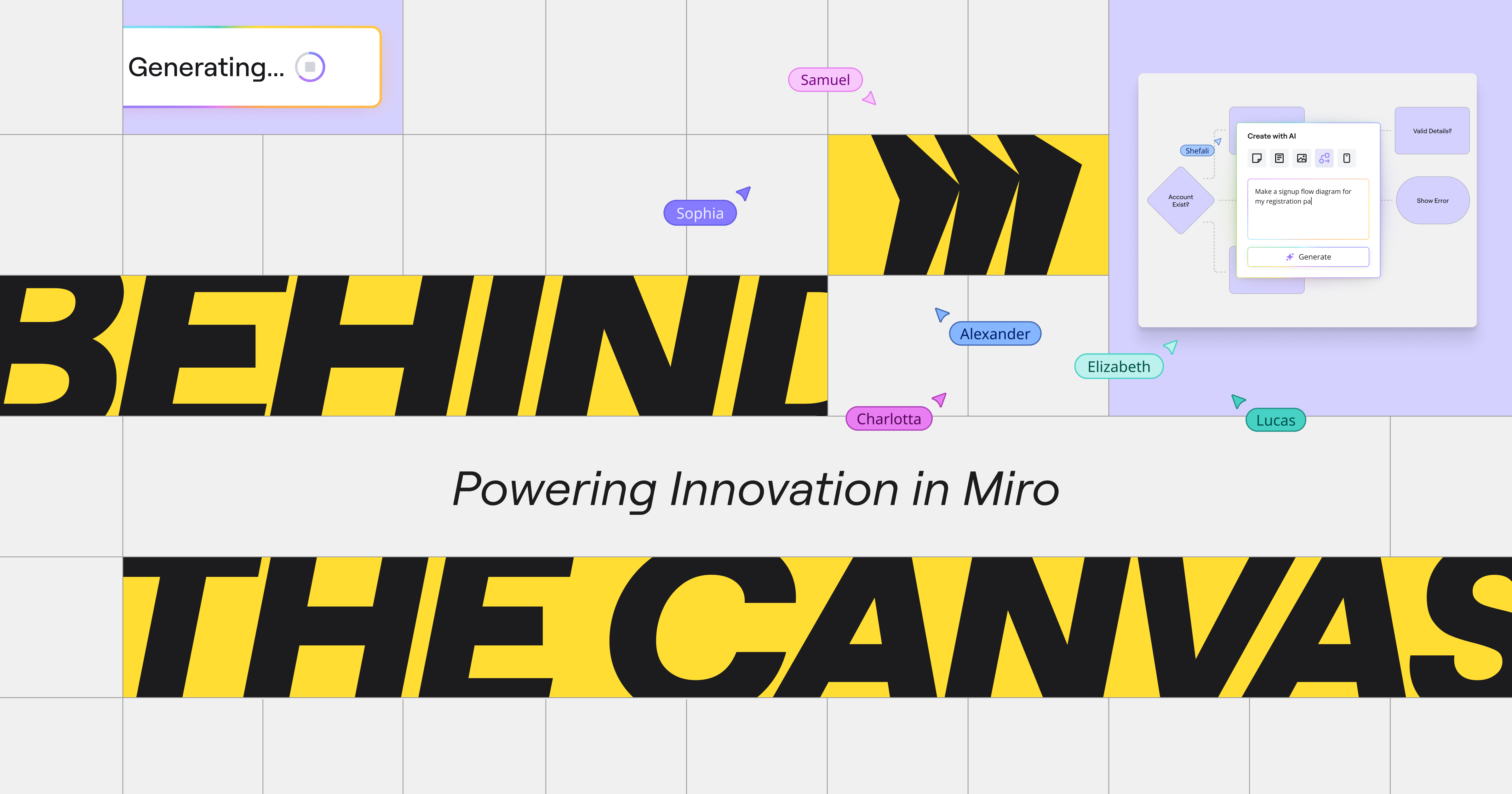In my recent discussions with business leaders across various industries, a common thread has emerged: budget cuts and reorganization.
While the COVID-19 pandemic led to a surge in hiring and spending, today’s inflation, interest rate increases, and general economic uncertainty are forcing businesses to cut back. One of the most prevalent cuts I’m seeing is around tech stacks.
While this might feel nerve-wracking, I see it as a positive: Today’s business climate is giving leaders a much-needed opportunity to rethink their tech — because consolidation isn’t just about budgets, it’s also an important part of building a culture of continuous improvement and innovation.
In this article, I’ll examine what contributes to fragmented tech stacks; the impact it has on business operations, security, and talent; and how recognizing the value and importance of a critical but often underutilized department can transform not just tool management but the entire direction of a company.
The problem with fragmented tech stacks
One of the main challenges facing organizations is the proliferation of tools within their tech stacks. This often results from “tool hopping,” where individuals or teams adopt new tools without proper evaluation or consideration of long-term implications.
I’ve seen firsthand how this can happen. Someone discovers a new tool, often through a free trial, and it quickly gains popularity within the team. Before you know it, it’s become a security issue and needs to be integrated into the corporate portfolio. This cycle repeats itself, leaving companies with a legacy of endless tools and a fragmented tech landscape.
Here’s the bigger problem: A fragmented tech stack hinders collaboration and innovation. When teams use different tools that don’t integrate with each other, it creates silos and prevents the seamless flow of information. This approach makes it difficult for people to know where to start, and with what tools. And that adds extra layers of friction that get in the way of work itself.
A recent study by Miro revealed that half of information workers identified “information hunting” as a leading cause of mental blocks, that feeling of being stuck in a project without a clear path forward. And about a quarter of these workers suffer from “tool overload,” which can stunt productivity and creativity. It’s clear that a fragmented tech stack can have a significant negative impact on employee productivity and well-being.
Security risks
Companies underestimate the risks they run by having all these different tools. The burden often falls on IT departments to oversee and manage the security implications of a fragmented tech stack, which can be a daunting task. By consolidating, IT can more easily control and work with vendors on security aspects, reducing the overall risk profile.
Inefficiencies
The lack of clear usage guidelines for all these tools can lead to confusion and inefficiency, as employees struggle to determine which tool is best suited for a given task. This not only wastes valuable time but also leads to frustration and disengagement among employees. When people don’t know which tool to use or how to use it effectively, it can hinder their productivity and creativity. IT departments should play a crucial role in mitigating this confusion by establishing and communicating clear guidelines for tool usage. (More on this point shortly.)
Attrition
In conversations with my peers, I’ve found that when they move to a new company, the first two things they assess are the culture and the way of working, which is inextricably linked to the tech stack. Friction around tool usage can translate into confusion, lack of direction, and unhappiness, which leads to talent attrition, as employees seek out companies that offer a more streamlined and efficient tech environment. Leaders often underestimate this problem. When an employee has to sift through a clutter of tech or endure arduous and disjointed approval processes, it makes the day-to-day aspects of a job more challenging.
The transformational opportunity of tech stack optimization
Although cost efficiency is often cited as the primary driver for tech stack consolidation, I believe the true value lies in the operational efficiency it unlocks. By streamlining and integrating tech stacks, organizations can achieve a single source of truth, enabling effective collaboration and innovation. This strategic shift from cost reduction to operational transformation is crucial for long-term business success.
Platforms like Miro, which integrate with a wide range of tools, allow teams to access that single source of truth, regardless of their individual tool preferences. By breaking down silos and fostering a culture of collaboration, companies can unlock the full potential of their workforce and drive innovation. The best workforce is supported by the best tech tools, and a streamlined tech stack is essential for attracting and retaining top talent.
This is IT’s big moment
By this point, you’re probably noticing a trend. I’ve been talking about only one department — IT. Here’s why: traditionally, IT has been seen as a reactive function, evaluating tools based on requests from other departments. However, IT should be seen as a strategic partner to the workforce and anticipate its needs.
This involves aligning to the organization’s goals and teams’ unique challenges, staying abreast of industry trends, and proactively identifying tools that can empower employees to do their best work. By embracing this role, IT departments can become enablers of innovation, productivity, and growth, rather than simply gatekeepers of technology.
Consider a scenario where an employee needs a tool for wireframing. Instead of simply approving the first tool the employee requests, IT could proactively suggest a better alternative that they have researched and vetted. This not only saves the employee time and effort but also ensures that they are using the most effective tool for the job. By taking a consultative approach, IT can build trust with employees and become a valued partner in their success.
Miro’s CIO Tomás Dostal Freire suggests three steps that IT leaders can take to reduce friction around fragmented tech stacks:
- Conduct regular technology audits to minimize confusion and costs, and enhance security. Creating an audit checklist that takes both quantitative data (e.g. usage metrics) and qualitative insights (e.g. stakeholder input) into consideration is key.
- Create clear usage guidelines that delineate which platforms are best suited for specific types of communication and tasks.
- Encourage mindful collaboration by defining applications for asynchronous vs. synchronous work and facilitating employees’ access to both types of tools.
Let’s learn together
Complexity is a hidden threat to a business’s success. By simplifying your tech stack, you can streamline processes, reduce costs, and gain a competitive advantage. And don’t leave your IT out of this! They are best positioned to right size tech stack overload. Then go further by leaning on IT as a strategic partner versus reactive savior. Only this way will companies unlock the full potential of their technology investments and drive long-term success.
If your organization is already taking a forward-looking approach to tech stack consolidation and sanitation, I would love to hear from you. Let’s share our experiences and learn from each other as we navigate the ever-evolving landscape of technology. Together, we can create a future where technology empowers us to thrive in our organizations and in the market.




